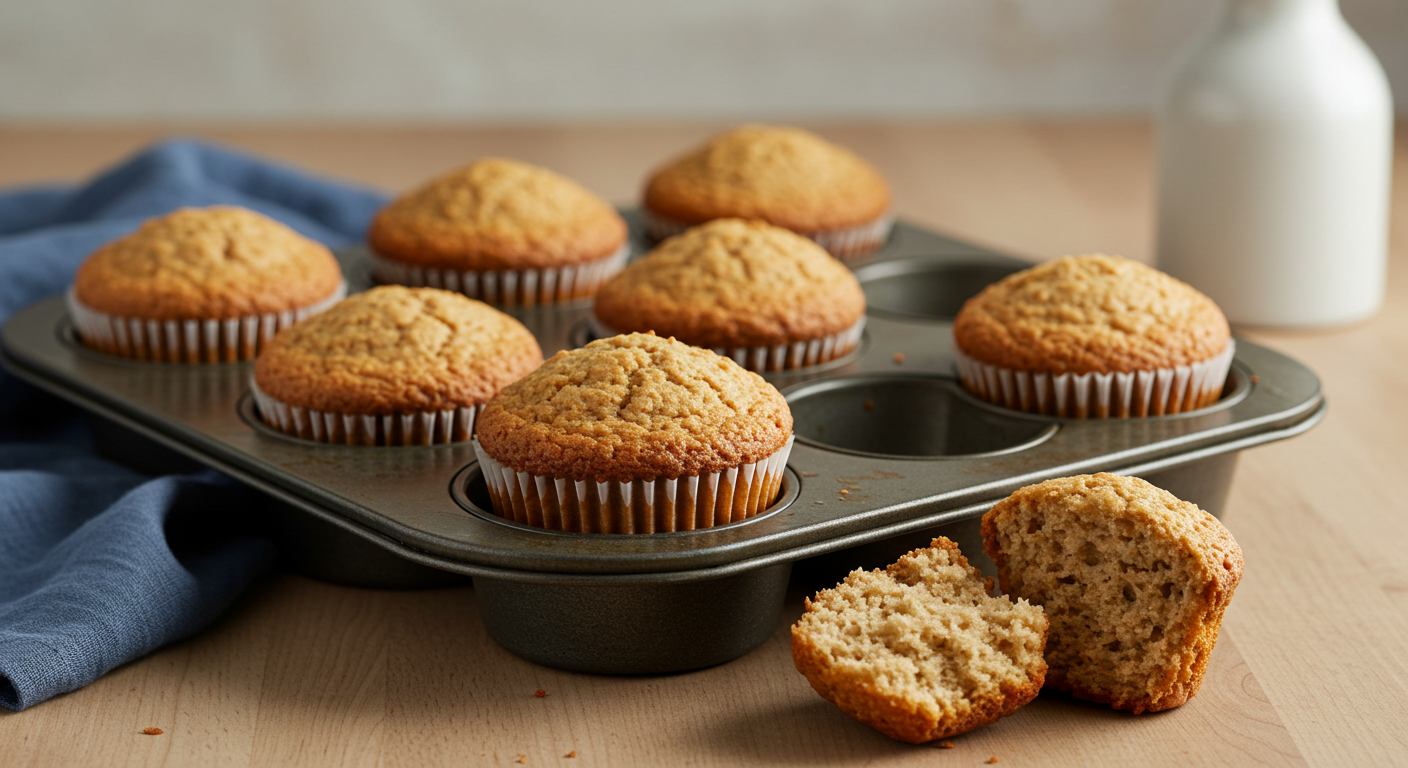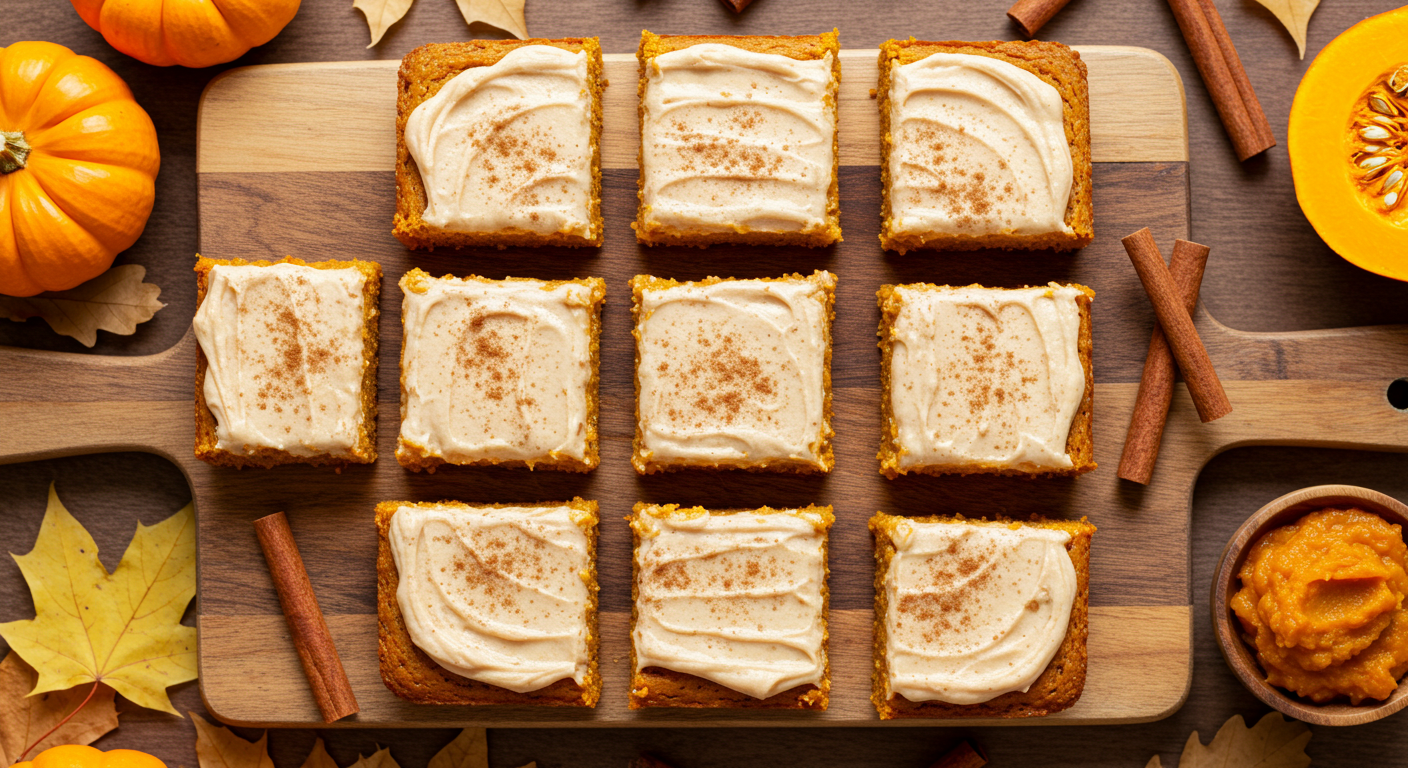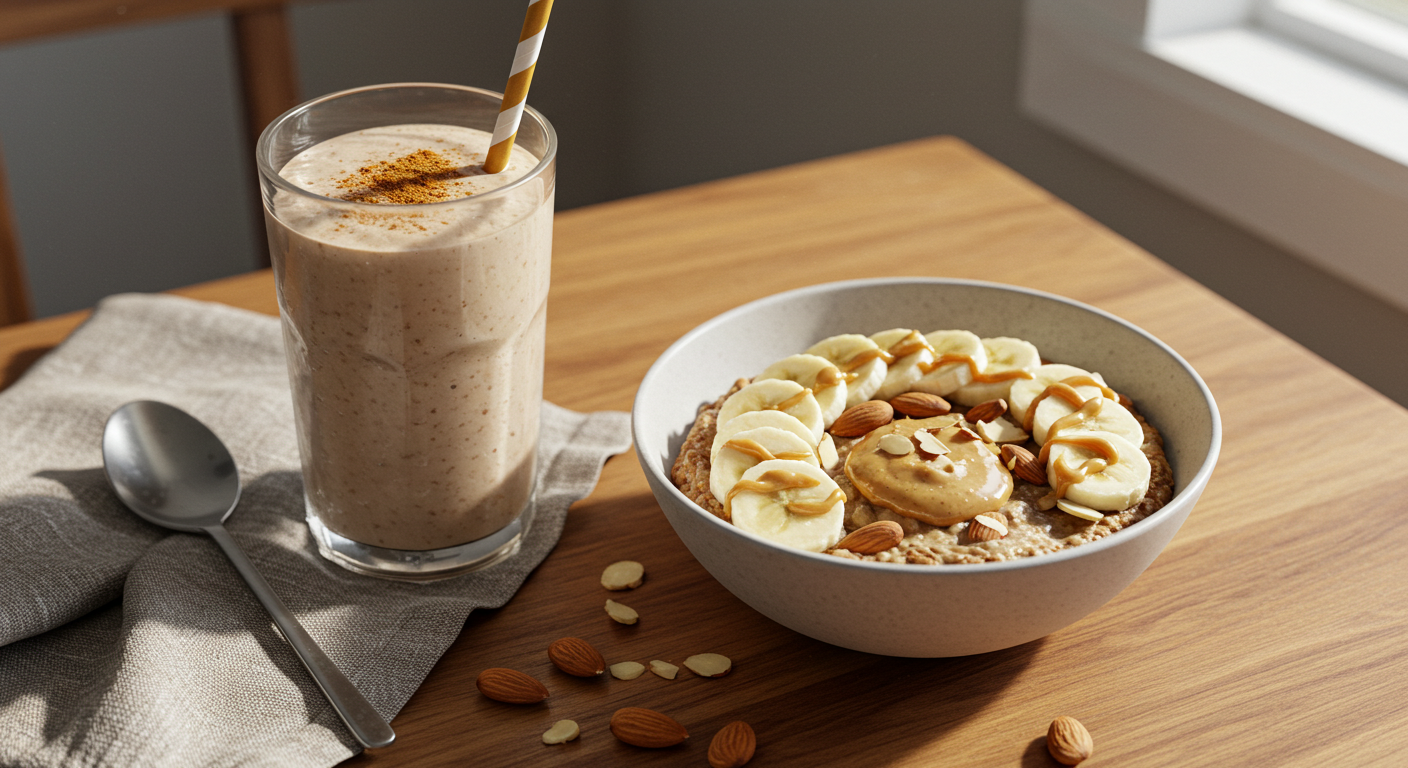Table of Contents
Imagine biting into a warm, fluffy muffin that’s both deliciously satisfying and completely guilt-free. Our coconut flour muffins are exactly that – a perfect blend of moist texture and subtle sweetness, all while being gluten-free, sugar-free, and keto-friendly. For anyone navigating dietary restrictions or simply seeking healthier alternatives to traditional baked goods, these muffins are about to become your new best friend in the kitchen.
Coconut flour has become a staple in gluten-free and low-carb baking for good reason. Did you know that coconut flour contains five times more fiber than regular wheat flour? This nutritional powerhouse not only makes these muffins better for you but also gives them a unique, slightly sweet flavor profile that pairs beautifully with both sweet and savory mix-ins.
What makes these coconut flour muffins truly special is their versatility and simplicity. Ready in just 30 minutes from start to finish, they’re perfect for busy mornings, afternoon snacks, or a quick treat when unexpected guests arrive. The entire family will love them, regardless of their dietary preferences – they’re that good!
If you’ve enjoyed our Almond Flour Bread for tacos, you’ll find these muffins make a wonderful companion in your gluten-free recipe collection. So preheat your oven and get ready to discover your new favorite healthy muffin recipe that doesn’t compromise on taste or texture.
What is Coconut Flour Muffins?
Ever wondered what makes coconut flour muffins different from their wheat-based cousins? Well, these little bundles of joy are exactly what they sound like – deliciously fluffy muffins made with coconut flour instead of traditional wheat flour. But what’s the story behind these gluten-free treats, you ask?
Coconut flour muffins have risen to popularity alongside the growing interest in gluten-free, grain-free, and keto-friendly baking. They offer all the comfort and satisfaction of traditional muffins without the gluten, carbs, or sugar crash afterward. They say the way to a person’s heart is through their stomach, and these muffins certainly take a direct route!
The name might be straightforward, but the experience of biting into these moist, flavorful treats is anything but ordinary. Whether you’re a seasoned gluten-free baker or just coconut-curious, these muffins deserve a special place in your recipe collection. Why not whip up a batch today and discover why everyone’s going nuts (or should I say, coconuts) for these muffins?
Why You’ll Love These Coconut Flour Muffins
There are countless reasons to fall in love with these coconut flour muffins, but let’s focus on the three most compelling aspects that make them truly irresistible.
First and foremost, these muffins are incredibly nutritious while remaining deliciously satisfying. Unlike traditional muffins that can leave you with a sugar crash, these coconut flour muffins are high in fiber, protein, and healthy fats that keep you feeling full and energized. The subtle natural sweetness of coconut flour combined with our sugar-free sweetening options creates a treat that’s kind to your blood sugar levels while still satisfying your sweet tooth.
Second, making these muffins at home is remarkably cost-effective. While store-bought gluten-free baked goods often come with premium price tags, a batch of these homemade muffins costs a fraction of the price. Coconut flour is relatively inexpensive when you consider how little you need per recipe (it’s highly absorbent, so a little goes a long way). Plus, you’ll have complete control over the quality of ingredients and can customize them to your preferences.
Finally, the versatility of these muffins is truly remarkable. From blueberries to chocolate chips, cinnamon to savory herbs – the flavor possibilities are endless. The base recipe provides a perfect canvas for your creativity, allowing you to adapt them for breakfast, snacks, or even alongside dinner. They’re particularly delightful paired with a pat of butter or almond butter for an extra protein boost.
If you’ve tried our Gluten-Free Veggie Burgers, you’ll appreciate how these muffins offer the same satisfaction of a traditional favorite with all the benefits of healthier ingredients. Why not bake a batch today and discover your new favorite gluten-free treat?
How to Make Coconut Flour Muffins:
Quick Overview
These coconut flour muffins are the epitome of simple, wholesome baking – requiring just one bowl and about 10 minutes of prep time. What makes them so special is the perfect balance of moisture and texture, which can be challenging to achieve in gluten-free baking. The subtle coconut flavor pairs beautifully with whatever mix-ins you choose, while the muffins themselves stay remarkably tender and moist. From start to finish, you’ll spend just 30 minutes total (including baking time) before enjoying these warm, fragrant treats fresh from the oven.

Key Ingredients for Coconut Flour Muffins:
- 1/2 cup coconut flour
- 1/4 cup coconut oil, melted
- 6 large eggs (room temperature)
- 1/3 cup sugar-free sweetener (like erythritol or monk fruit)
- 1/4 cup unsweetened almond milk
- 1 tsp vanilla extract
- 1/2 tsp baking soda
- 1/4 tsp sea salt
- Optional: 1/2 cup mix-ins (blueberries, chocolate chips, chopped nuts)
Step-by-Step Instructions:
- Preheat and prepare: Set your oven to 350°F (175°C). Line a standard 12-cup muffin tin with parchment paper liners or generously grease with coconut oil. Coconut flour tends to stick, so don’t skip this step!
- Mix dry ingredients: In a large bowl, whisk together the coconut flour, baking soda, and salt until well combined. Break up any lumps in the coconut flour for a smoother batter.
- Blend wet ingredients: In a separate bowl, whisk the eggs thoroughly until frothy (about 30 seconds). This step is crucial for adding structure to your muffins. Add the melted coconut oil (make sure it’s not too hot), sweetener, almond milk, and vanilla extract. Whisk until completely combined.
- Combine wet and dry: Pour the wet ingredients into the dry ingredients and stir gently until just combined. The batter will seem thin at first but will thicken as the coconut flour absorbs the liquid. Let the batter rest for 5 minutes to thicken properly.
- Add mix-ins: If using, gently fold in your chosen mix-ins like blueberries or chocolate chips. Be careful not to overmix the batter at this stage.
- Fill muffin cups: Using an ice cream scoop or 1/4 cup measure, evenly distribute the batter among the prepared muffin cups. Fill each cup about 3/4 full to allow room for rising.
- Bake: Place the muffin tin in the preheated oven and bake for 18-22 minutes, or until the tops are golden brown and a toothpick inserted into the center comes out clean.
- Cool and enjoy: Allow the muffins to cool in the tin for 5 minutes before transferring them to a wire rack to cool completely. These muffins are delicious warm or at room temperature.
What to Serve Coconut Flour Muffins With:
These versatile coconut flour muffins pair beautifully with a variety of accompaniments that enhance their subtle sweetness and satisfying texture. For breakfast, try them alongside a protein-rich Greek yogurt topped with a sprinkle of berries and a drizzle of honey or sugar-free syrup. The coolness of the yogurt complements the warm, tender muffins perfectly.
For a more substantial meal, serve these muffins as a side to a veggie-packed omelet or frittata. The slightly sweet nature of the muffins balances savory egg dishes wonderfully. You can also split them in half and toast them lightly before adding a spread of almond butter or sugar-free jam for a quick snack.
When serving these muffins as a dessert, consider adding a dollop of whipped coconut cream and a few fresh berries on top. For a warming drink pairing, these muffins go exceptionally well with herbal teas, a frothy cappuccino, or a simple black coffee that allows their subtle flavors to shine through.
Top Tips for Perfecting Coconut Flour Muffins:
Achieving perfect coconut flour muffins every time requires understanding this unique ingredient’s properties. Here are my top tips to help you master this recipe:
- Measure precisely: Coconut flour is extremely absorbent – much more so than regular flour. Even a small measurement difference can dramatically affect your results. Use the spoon and level method for accuracy.
- Don’t skimp on eggs: The high number of eggs in this recipe isn’t a mistake! Coconut flour needs significant moisture and structure that eggs provide. For egg-free versions, try using flax eggs (1 tablespoon ground flaxseed mixed with 3 tablespoons water per egg), but expect a denser result.
- Allow batter to rest: Give your batter 5 minutes to rest after mixing. This allows the coconut flour to absorb the liquid properly, resulting in a better texture.
- Address texture issues: If your batter seems too thick, add almond milk one tablespoon at a time. If it’s too thin, add coconut flour one teaspoon at a time, remembering its high absorbency.
- Watch baking time carefully: Coconut flour baked goods can go from perfectly done to dry very quickly. Start checking at the minimum baking time with a toothpick.
- Storage affects moisture: These muffins tend to firm up when refrigerated. To restore freshness, warm them slightly before serving or add a light misting of water before reheating.
- Substitution guidelines: For those wanting to use alternative sweeteners, liquid options like honey or maple syrup work well but reduce other liquid ingredients to compensate. Replacing coconut oil with butter works at a 1:1 ratio for a different flavor profile.

Storing and Reheating Tips:
Proper storage is key to maintaining the delightful texture and flavor of your coconut flour muffins. At room temperature, store completely cooled muffins in an airtight container lined with paper towels (both below and above the muffins) to absorb excess moisture. They’ll stay fresh for up to 2 days this way.
For longer storage, refrigerate the muffins in an airtight container for up to 5 days. The cold temperature will firm them up slightly, so I recommend bringing them to room temperature or warming them before enjoying.
These muffins also freeze beautifully! Place completely cooled muffins in a freezer-safe bag or container, separating layers with parchment paper to prevent sticking. They’ll maintain quality for up to 3 months. To thaw, either leave them at room temperature for about 30 minutes or place a frozen muffin in the microwave for 20-30 seconds.
For the best reheating results, wrap room-temperature muffins in a slightly damp paper towel and microwave for 10-15 seconds. This restores moisture and makes them taste freshly baked. Alternatively, split muffins in half and toast them lightly for a different texture experience – perfect for spreading with butter or nut butter.
Conclusion
Coconut flour muffins represent the perfect marriage of health-conscious baking and indulgent taste. These gluten-free, sugar-free, keto-friendly treats prove that dietary restrictions don’t mean sacrificing flavor or texture. With their moist, tender crumb and endless flavor possibilities, they’ve earned their place as a staple in gluten-free kitchens everywhere.
The beauty of these muffins lies in their versatility – whether you’re following a specific diet, managing food sensitivities, or simply looking for healthier alternatives to traditional baked goods. The recipe is forgiving enough for beginners yet sophisticated enough to satisfy experienced bakers. And with our expert tips, you’ll be able to troubleshoot common issues and customize them to your preferences.
We hope you’ll give these coconut flour muffins a try and discover why they’ve become one of our most requested recipes. Their simple preparation and delicious results might just convert even the most dedicated wheat flour enthusiasts! For more gluten-free inspiration, check out our Banza Pasta Nutrition guide to explore other healthy alternatives to traditional staples.
Ready to see how these muffins come together? Watch our step-by-step tutorial for Blueberry Coconut Flour Muffins to master this recipe in no time!
Frequently Asked Questions
Can I substitute other flours for coconut flour?
Coconut flour is uniquely absorbent and cannot be substituted 1:1 with other flours. If you need to use an alternative, almond flour can work, but you’ll need approximately 4 times more almond flour and fewer eggs.
Why do coconut flour recipes use so many eggs?
Coconut flour lacks gluten, which provides structure in traditional baking. The high number of eggs provides protein structure, binding, and moisture that coconut flour needs to create a good texture.
Can I make these muffins vegan?
Yes, though it requires careful substitution. Replace each egg with a flax egg (1 tablespoon ground flaxseed mixed with 3 tablespoons water) and use coconut oil instead of butter. Be aware that the texture will be denser.
How can I make these muffins sweeter without adding sugar?
Try adding more vanilla extract, a dash of cinnamon, or using riper fruits as mix-ins. Sugar-free sweeteners like monk fruit, stevia, or erythritol work well too.
My muffins turned out too dry. What went wrong?
The most common causes are measuring the coconut flour imprecisely (too much), overbaking, or not using enough eggs or liquid. Remember that coconut flour absorbs significantly more moisture than regular flour.
Can I use frozen berries in these muffins?
Yes, but don’t thaw them first. Add them frozen directly to the batter to prevent color bleeding and excessive moisture.
Are coconut flour muffins good for weight loss?
These muffins are lower in carbs and higher in fiber and protein than traditional muffins, which can help with satiety. However, they should still be enjoyed in moderation as part of a balanced diet.
How can I make these muffins more moist?
Add an extra egg, a few tablespoons of unsweetened applesauce, or a tablespoon of full-fat Greek yogurt to the batter for more moisture.
Can children eat these muffins?
Absolutely! These muffins are nutritious and free from refined sugars, making them suitable for children. They make great lunchbox treats or after-school snacks.
Do these muffins taste like coconut?
The coconut flavor is subtle but present. If you want to minimize it, use refined coconut oil (which has less coconut flavor) and add stronger flavors like vanilla, cinnamon, or lemon zest to the batter.






